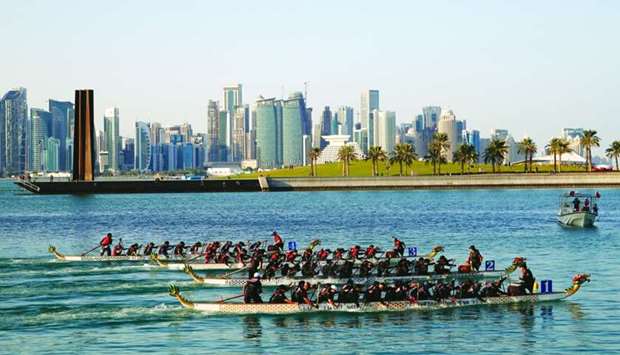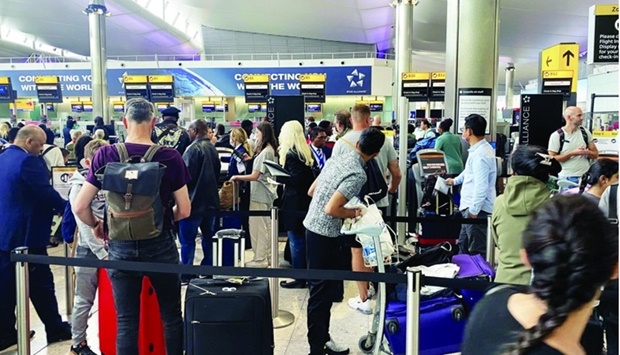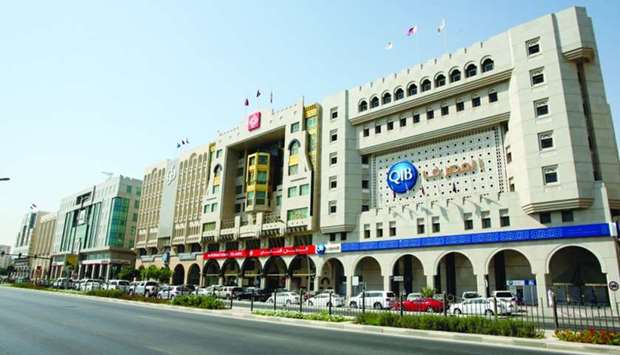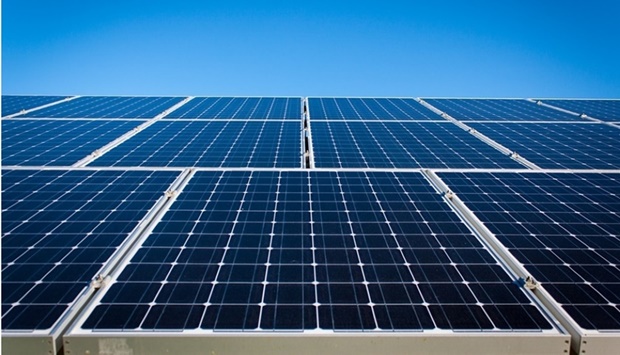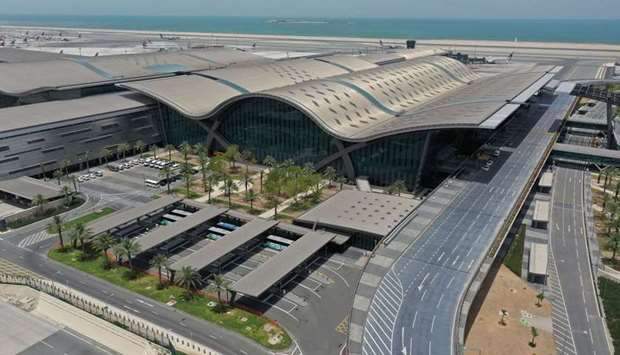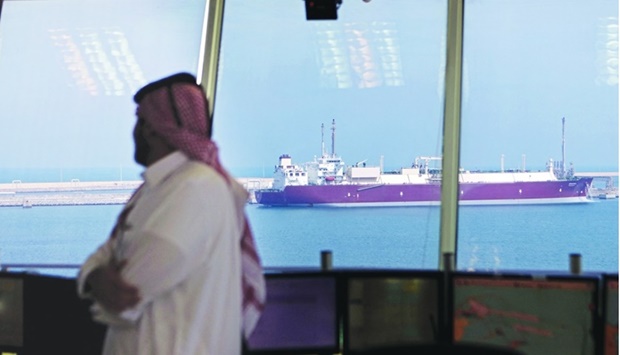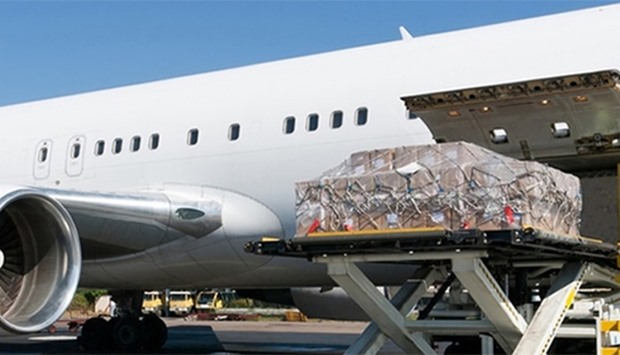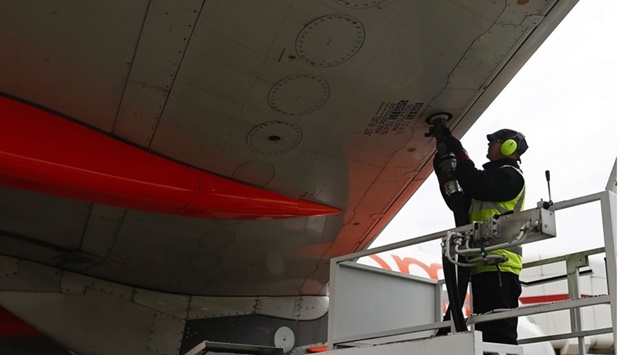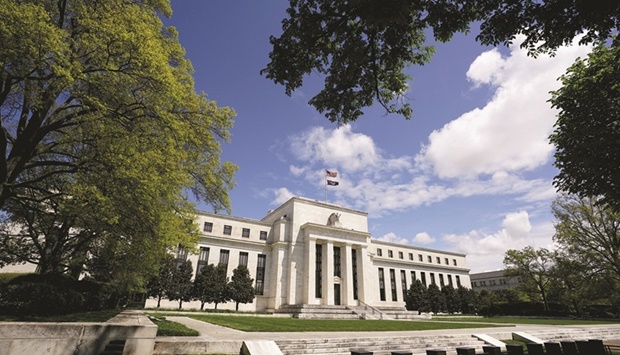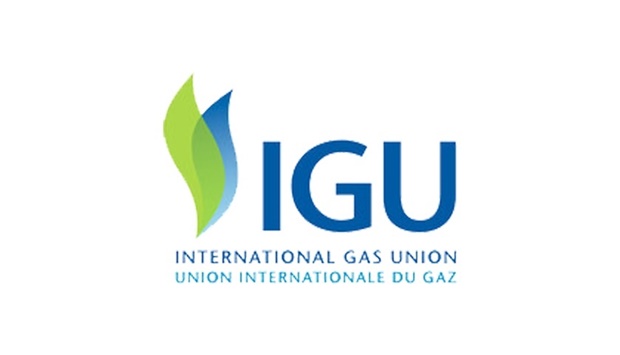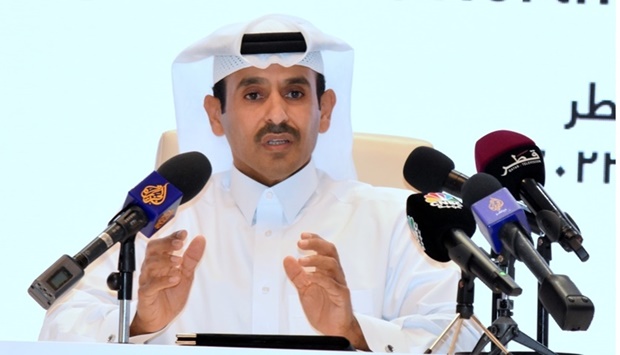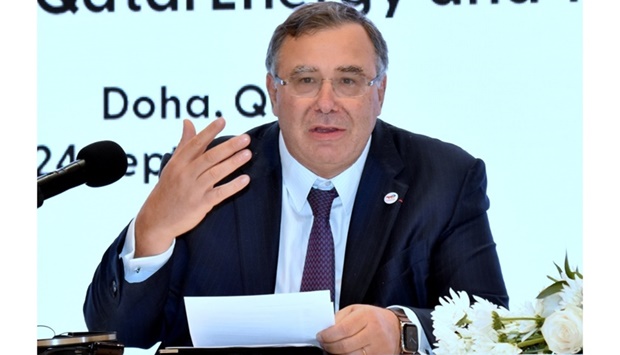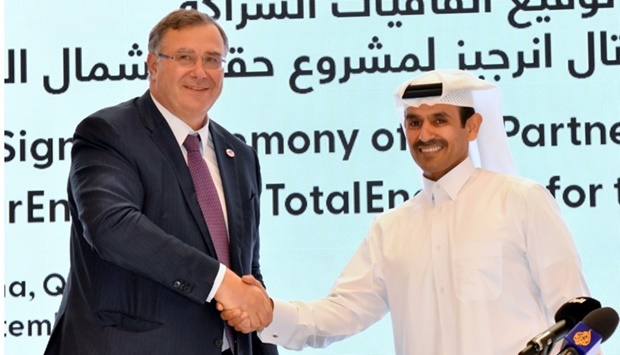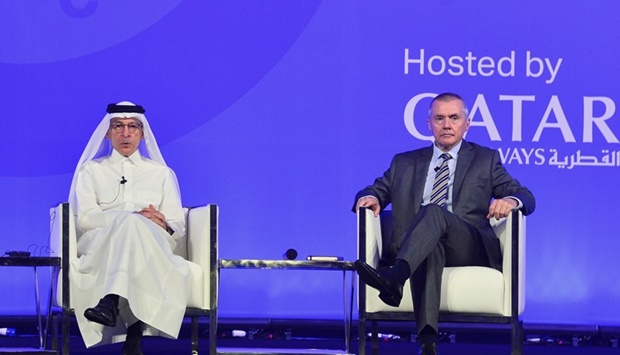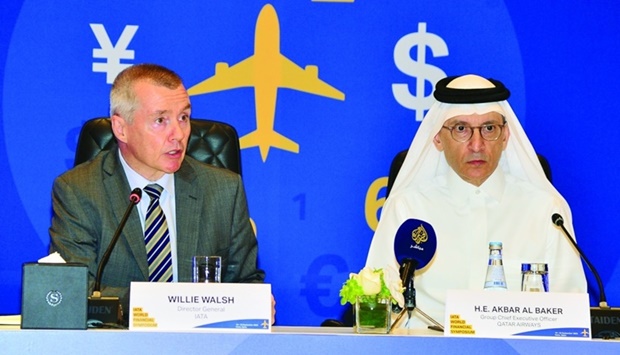* Gross domestic product to touch $216bn and GDP per capita $80,956 this year * GDP to touch $216bn and GDP per capita $80,956 this year Qatar is set to record its “fastest” GDP growth in seven years in 2022, FocusEconomics said and noted the gross domestic product will touch $216bn this year. The researcher has forecast that Qatar’s GDP per capita will be $80,956 this year. Elevated energy prices, reduced impact of the pandemic, improved relations with Arab neighbours and the FIFA World Cup in November-December will be key drivers of Qatar’s GDP, FocusEconomics said. Growth will likely ease in 2023 amid rising interest rates, lower energy prices and faltering external demand. FocusEconomics researchers’ see a 4.5% rise in Qatar’s GDP during 2022, which is unchanged from last month’s forecast, and 2.7% growth in 2023. GDP growth over the next four years has been forecast at 2.7% (2023), 2.9% (2024), 3.6% (2025) and 4.3% (2026). Qatar’s GDP per capita has been forecast at $81,751 in 2023, $85,472 (2024), $91,609 (2025) and $97,833 (2026). The country’s fiscal balance (as a percentage of the GDP) has been forecast at 9.2 this year, 5.8 (2023), 3.5 (2024), 4.0 (2025) and 4.5 (2026). Qatar’s public debt (as a percentage of the GDP) has been forecast at 45.6 (2022), 43.4 (2023), 43.4 (2024), 41.8 (2025) and 40.2 (2026). Current account balance (as a percentage of the GDP), FocusEconomics has estimated at 19.9 this year and 15.1 (2023), 12.3 (2024), 12.0 (2025) and 11.6 (2026). In dollar terms, the country’s current account balance will be $43bn (2022), $32.4bn (2023), $27.3bn (2024), $28.1bn (2025) and $28.9bn (2026). Merchandise trade balance may amount to $82.2bn this year, $79.6bn (2023), $65.2bn (2024), $68.4bn (2025) and $70.9bn (2026). Merchandise exports, FocusEconomics has forecast at $113.6bn this year, $112.1bn (2023), $99.4bn (2024), $105.1bn (2025) and $110.8bn (2026). Merchandise imports, the researcher noted will be $31.4bn this year, $32.5bn (2023), $34.3bn (2024), $36.7bn (2025) and $39.9bn (2026). The country’s international reserves have been projected at $41.7bn this year, $43.4bn (2023) and $44.7bn (2024). Qatar’s unemployment (as a percentage of active population) will remain at a meagre 0.2 between 2022 and 2026, the researcher noted. According to FocusEconomics, Qatar's economy expanded 6.3% in annual terms in Q2 based on recent data. The non-energy sector led the upturn with a near-double-digit expansion, while the energy sector registered softer growth. Turning to Q3, available data suggests ongoing strong momentum. In July-August, the PMI averaged well in growth territory, amid historically strong expansions in output and new orders. Moreover, in July, energy output rose robustly year-on-year and tourist arrivals spiked by 293%. The latest diplomatic developments are positive for the economy too. The country recently signed agreements to boost trade with Egypt and the UK. Moreover, the European Union opened a delegation in Doha in September, and French energy giant TotalEnergies announced it would invest $1.5bn in the North Field gas project, amid European efforts to diversify gas supply away from Russia. Inflation fell to 4.8% in August from 5% in July. The Qatar Central Bank hiked rates by 75 basis points to 4.5% in September, mirroring the US Federal Reserve’s move. Inflation is expected to average roughly double its 2021 level this year due to recovering demand and higher commodity prices. That said, price pressures will ebb heading into 2023. FocusEconomics panellists see inflation averaging 4.5% in 2022, which is unchanged from last month’s forecast, and 2.8% in 2023.

Most Read Stories

